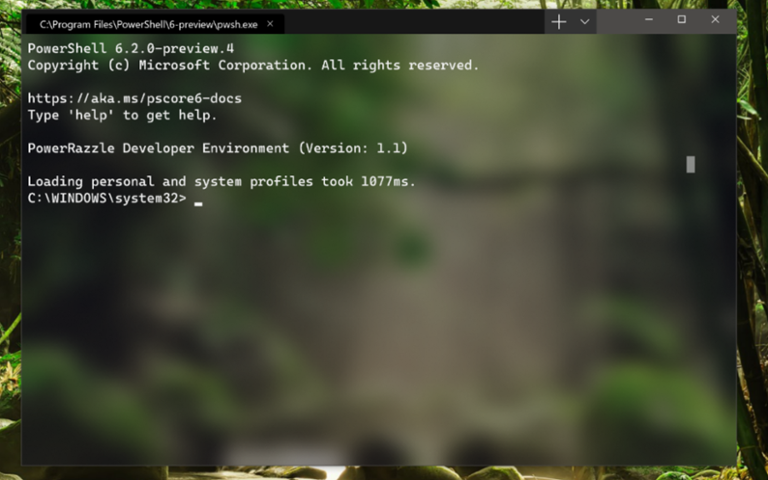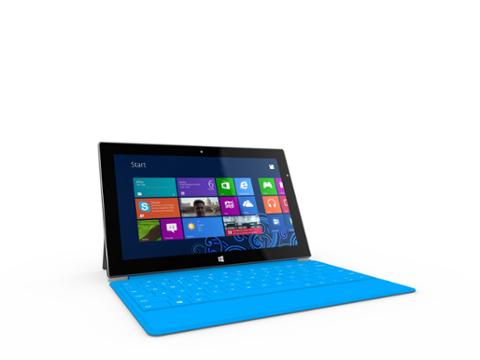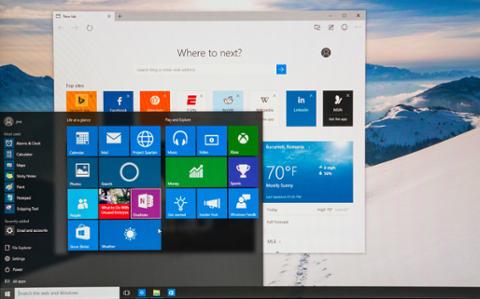Did you want a flashy Terminal with an opaque background and emojis? Were you itching for more Linux in Windows 10? Microsoft delivered on both fronts this week at its annual Build developers conference.
Terminal is easily the more unique announcement, because we tend to forget about it until we need to change something with the system directly. It’s an old, outdated access point for direct control of the machine, and Microsoft is trying to make it cool.
We’ll say Microsoft’s new Terminal concept makes it more like an IDE. It has a flashy new look with an opaque background, supports tabbed windows, and uses a “GPU accelerated DirectWrite/DirectX-based text rendering engine” (Microsoft's words). This engine supports “text characters, glyphs, and symbols present within fonts on your PC, including CJK ideograms, emoji, powerline symbols, icons, programming ligatures,” and more.
(Microsoft is also launching a new monospaced font for Windows, which it says will look great in Terminal. No news on that front, yet.)
Terminal is also highly customizable, even for windowed experiences. You can create a unique look and feel for each window, depending on what you’re doing. Terminal supports PowerShell, Command Prompt, Ubuntu, and SSH; you can have a plain white text on black background for Command Prompt windows, for instance, and a green theme for Ubuntu windows.
Microsoft also open-sourced Terminal, so you can download and tinker with it if you like. It will be released to Windows Store sometime this summer.
Microsoft, Windows, and Linux
Now Microsoft embraces the Linux community, and for the first time will include a full Linux kernel in a Windows build. It will launch this Summer with a Windows Insider version of Windows 10. (We're a long way from the days when Microsoft executives such as Steve Ballmer claimed open-source was a cancer.)
It’s a custom Linux kernel, developed by Microsoft for use with its Windows Subsystem for Linux (WSL). “The kernel itself will initially be based on version 4.19, the latest long-term stable release of Linux,” writes Jack Hammons, Program Manager at Microsoft. “The kernel will be rebased at the designation of new long-term stable releases to ensure that the WSL kernel always has the latest Linux goodness.”
As Hammons also notes, the WSL kernel will support CI/CD, and will be serviced via the Windows Update program. Microsoft also plans to keep its kernel compliant with the latest features and fixes of the Linux kernel proper. It can be downloaded via the Windows Store, too.
The goal seems to be a tighter workflow for Windows and Linux. The kernel itself doesn’t appear to add anything meaningful to the Linux experience, but a bespoke WSL kernel for use with WIndows should improve the Linux Subsystem on Windows. Microsoft says it plans to open-source its kernel, but will wait until the summer, when it is released with a Windows Insider build.



